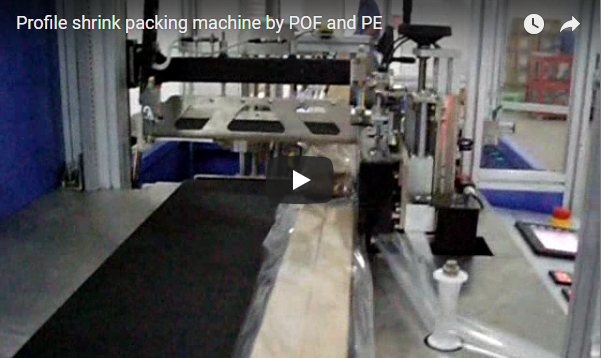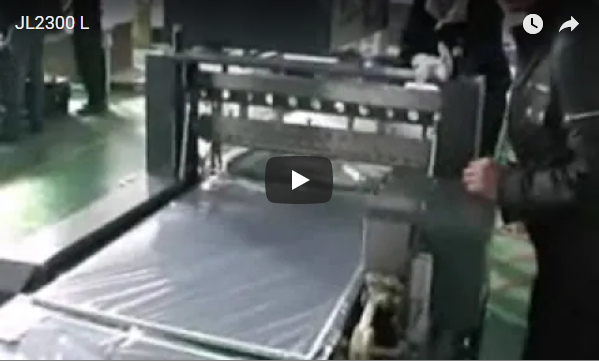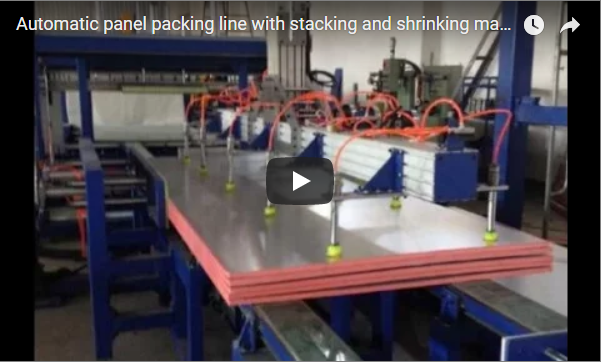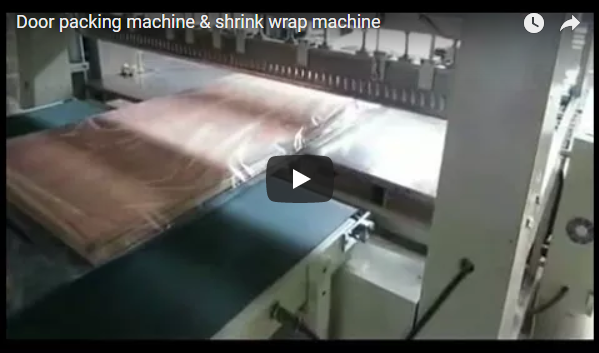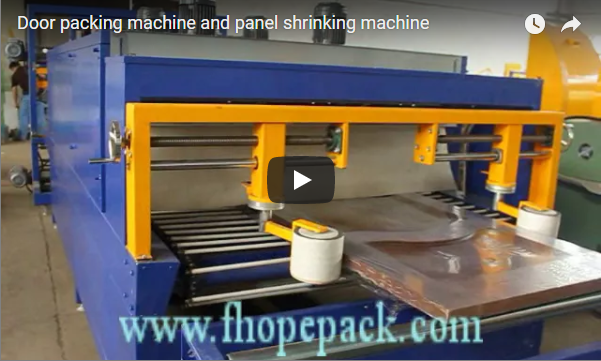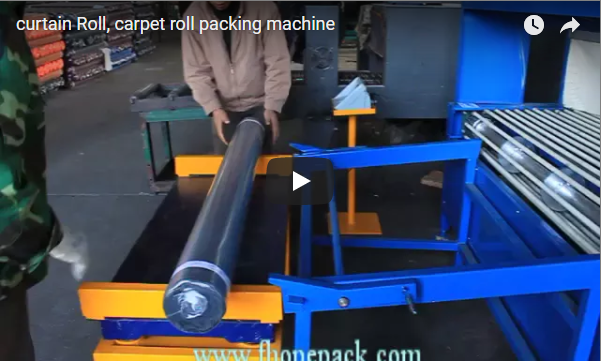Optimizing Board Shrinking Packaging: A Technical Look at the Door Packing Machine
In today's competitive manufacturing and logistics landscape, efficiently and securely packaging large, flat items like wooden doors, panels, and boards is paramount. Damage during transit or storage can lead to significant costs and customer dissatisfaction. This is where specialized machinery like the door and board shrink wrapping machine becomes essential. Let's delve into the technical specifics, design considerations, and operational advantages of this widely-used packaging solution.
1. The Challenge: Securing Large Format Products
Packaging doors and large boards presents unique challenges:
- Size & Weight: Requires robust handling and packaging materials.
- Surface Protection: Susceptible to scratches, moisture, and dust.
- Handling Efficiency: Manual packaging is time-consuming and inconsistent.
- Cost Management: Material waste and labor costs need optimization.
A dedicated shrink wrapping machine addresses these points by providing a consistent, protective, and efficient packaging method using heat-shrinkable film.
2. Introducing the Standard Door & Board Shrink Wrapping Machine
This machine model is engineered specifically for applying PE (Polyethylene) or similar shrink films around large-format items. It typically combines sealing and shrinking operations into a streamlined process, offering a balance between performance, reliability, and cost-effectiveness, making it a popular choice across the woodworking and construction materials industries.
[Image: Overview shot of the door packing machine in operation]
Alt text: Standard door packing machine wrapping a wooden door in PE shrink film.
3. Technical Specifications & Design Insights
Understanding the technical data is key to evaluating if this machine meets specific operational needs. Here's a typical specification range for a standard model:
| Parameter | Typical Specification Range | Importance |
|---|---|---|
| Max. Packing Size (LxWxH) | Variable (e.g., up to 2500x1300x150mm) | Determines the largest product dimension handled. |
| Packing Speed | 2-5 packs/minute (variable) | Dictates throughput and line efficiency. |
| Sealing Type | Constant Heat Sealing Bar | Ensures strong, consistent seals on the film. |
| Film Type | PE Shrink Film | Common, cost-effective, durable film choice. |
| Film Thickness | 60-120 microns (typical) | Impacts package durability and material cost. |
| Shrink Tunnel Temp. | Adjustable (e.g., 150-220°C) | Critical for proper film shrinkage without damage. |
| Conveyor Speed | Adjustable (e.g., 5-15 m/min) | Synchronizes with sealing and operator speed. |
| Power Supply | 380V/50Hz/3Phase (or customized) | Standard industrial power requirement. |
| Machine Dimensions | Varies (e.g., ~7000x2000x1800mm) | Space planning requirement for installation. |
| Control System | PLC with Touch Screen Interface | For ease of operation, parameter adjustment & diagnostics. |
Design Philosophy: The machine is typically designed for:
- Robustness: Steel frame construction to handle industrial environments and product weight.
- Simplicity: User-friendly controls and relatively straightforward mechanical operation.
- Safety: Incorporates safety guards, emergency stops, and temperature controls.
- Maintainability: Access points for routine maintenance and component checks.
4. Core Components Breakdown

Understanding the function of key components provides deeper insight:
- Infeed/Outfeed Conveyors: Motorized rollers or belts transport the product through the machine. Speed is often adjustable.
- Film Delivery System: Holds the film rolls (often top and bottom) and dispenses the film smoothly around the product.
- Sealing Bar System: Creates the transverse seal across the film width and often side seals (or a full sleeve wrap depending on model). Utilizes heated bars or wires with precise temperature and pressure control.
[Image: Close-up of the sealing bar mechanism]
Alt text: Detailed view of the heated sealing bar on the door packing machine clamping down on shrink film. - Shrink Tunnel: An insulated chamber with heating elements and circulation fans. Controlled temperature and airflow shrink the film tightly around the product. Tunnel length and height impact processing speed and product size capability.
[Image: Interior view of the shrink tunnel showing heating elements/fans]
Alt text: Inside the shrink tunnel of the packaging machine, highlighting heating elements and air circulation system. - Control Panel: Typically a PLC (Programmable Logic Controller) with an HMI (Human-Machine Interface) touch screen. Allows operators to set parameters like sealing time, tunnel temperature, and conveyor speed, and view machine status or error messages.
5. Operational Efficiency & User Experience
From a practical standpoint, this machine offers several advantages:
- Semi-Automatic Operation: Usually requires an operator to position the product but automates the sealing and shrinking, improving consistency over manual methods.
- Improved Protection: The tightly shrunk film provides excellent protection against dust, moisture, and minor abrasions. It also helps stabilize stacked products.
- Enhanced Presentation: A cleanly shrink-wrapped product often has a more professional appearance.
- Reduced Labor: While not fully automatic, it significantly reduces the manual labor involved in wrapping large items.
- Material Efficiency: Compared to manual wrapping or crating, optimized film usage can lead to cost savings.
Personal User Insight: Operating this type of machine is generally straightforward after initial training. Key factors operators appreciate include the intuitive control panel for quick adjustments (e.g., changing tunnel temperature for different film thicknesses) and the reliability of the sealing mechanism. Routine maintenance like cleaning the sealing bar and checking conveyor tension is crucial for consistent performance. The primary focus is often on achieving the right balance of heat and conveyor speed to get a tight, uniform shrink without overheating the product or film.
6. Applications & Versatility
While optimized for doors and boards (like MDF, plywood, particleboard), the machine's design lends itself to packaging other large, relatively flat items:
- Furniture components (tabletops, shelves)
- Window frames
- Insulation panels
- Boxed large items requiring further protection
7. Why Choose This Shrink Wrapping Solution?
This standard model represents a strong value proposition:
- Cost-Effectiveness: Offers automated wrapping capabilities at a competitive price point compared to more complex, fully automated systems.
- Proven Technology: Utilizes established sealing and shrinking principles, ensuring reliability.
- Adaptability: Can handle a range of product sizes and film types with parameter adjustments.
- Improved Output Quality: Delivers consistent, professional-looking packaging that enhances product protection.
8. Conclusion: A Solid Investment for Board Packaging Needs
The standard door and board shrink wrapping machine provides a practical and efficient solution for manufacturers and distributors dealing with large panel-type products. Its robust design, user-friendly operation, and reliable performance make it a valuable asset for improving packaging quality, increasing throughput, and protecting products during transit and storage. By carefully considering the technical specifications and operational requirements, businesses can leverage this technology to streamline their packaging processes effectively.
For detailed specifications tailored to your specific product dimensions and throughput requirements, or to discuss customization options:
Contact:
www.fhopepack.com
info@fhopepack.com

